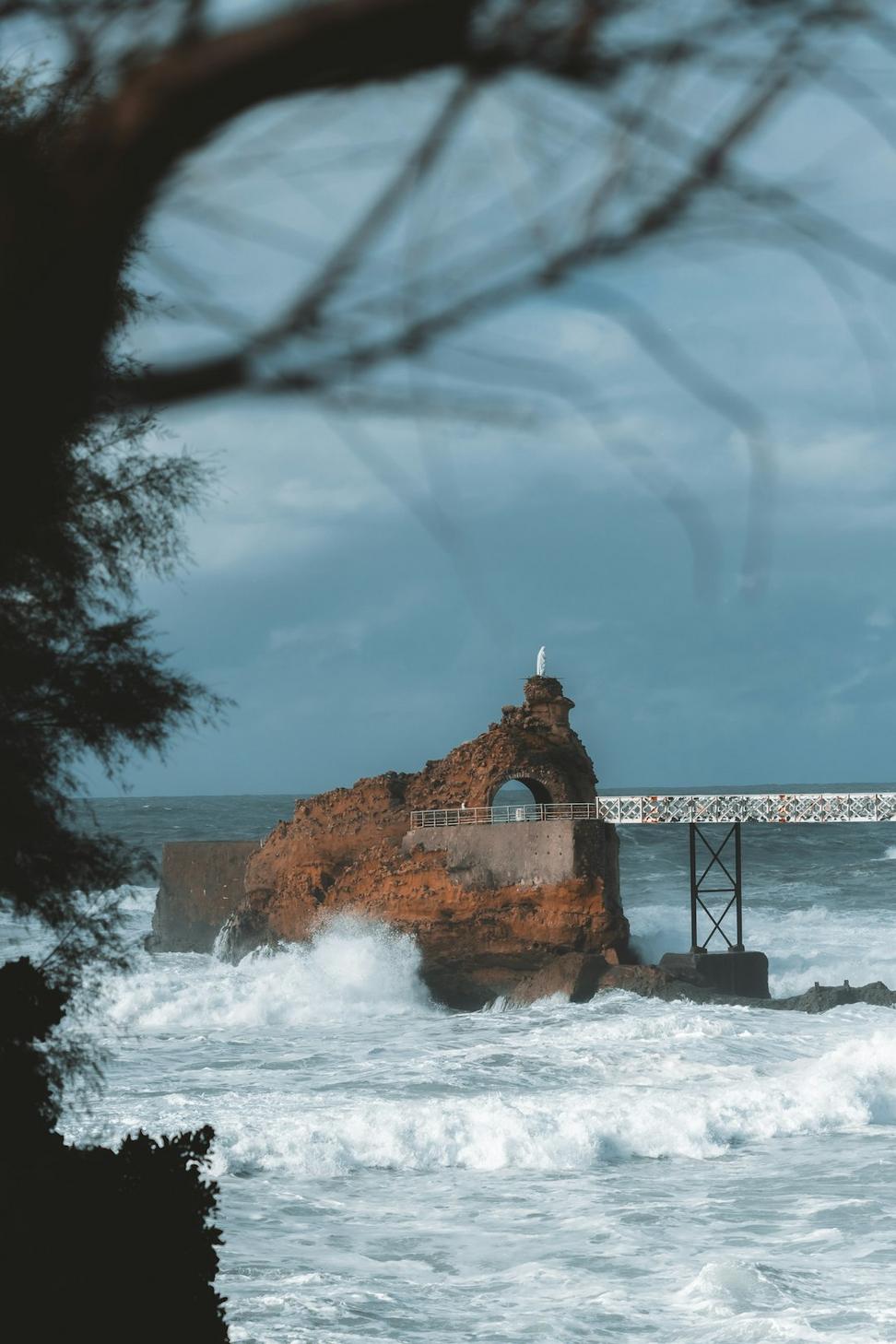
We're Storm Chasers, Really
Building things that don't just survive nature's tantrums but actually work with 'em

Building things that don't just survive nature's tantrums but actually work with 'em
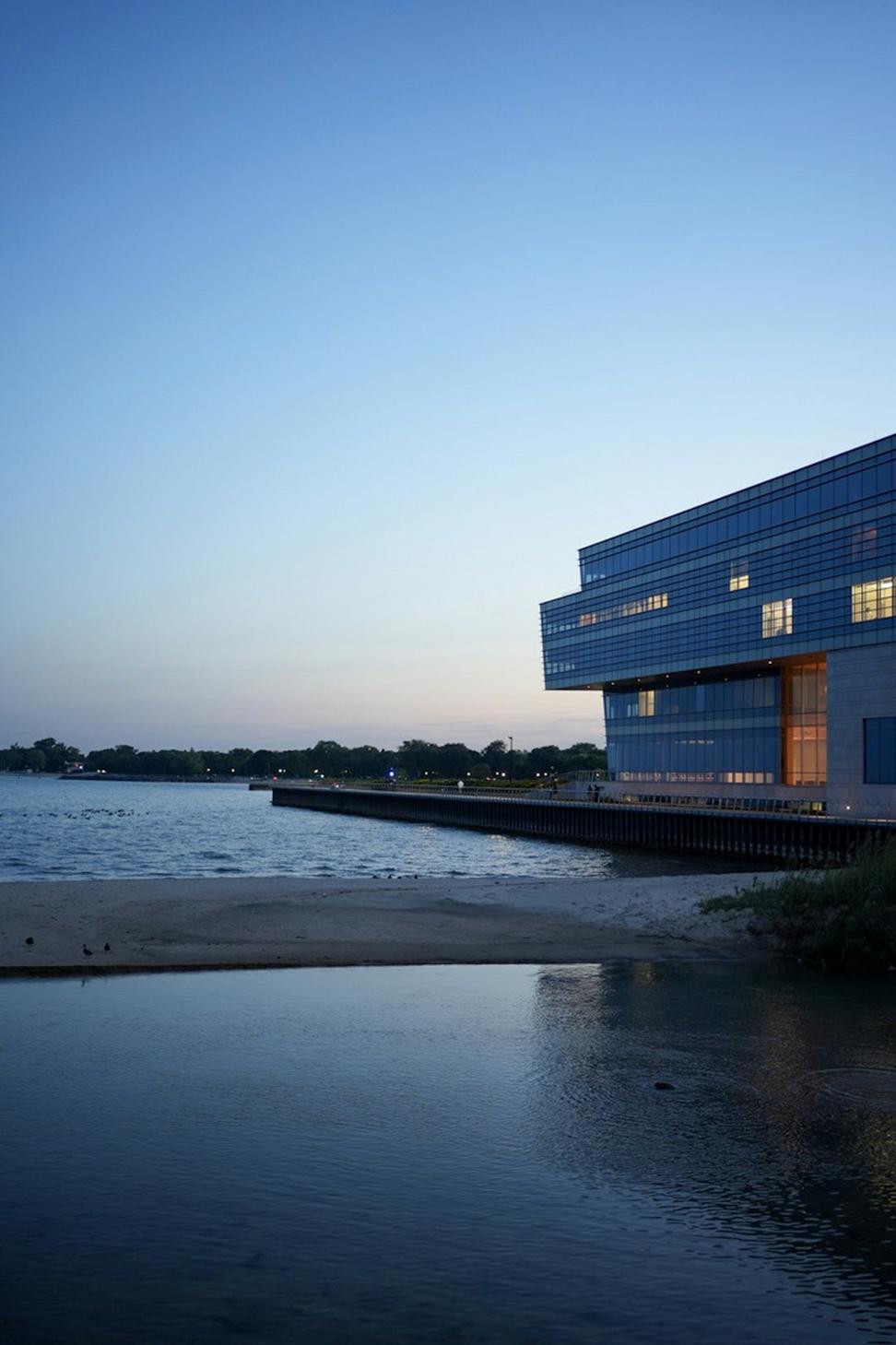
Look, we started this practice back in 2011 after watching too many beautiful coastal homes get absolutely wrecked by storms that were "once in a century" events... happening every five years.
Someone needed to figure out how to build stuff that'd actually last on the Pacific coast without looking like concrete bunkers. So here we are.
We've spent over a decade getting intimate with wind patterns, wave dynamics, and what happens when a 100 km/h gust hits a poorly designed overhang. Spoiler: nothing good.
We're kinda obsessed with making buildings that don't fight the environment. When you're designing on the coast, you can't just slap up four walls and call it a day. The ocean's gonna do what it does - your job is to design around that reality, not pretend it doesn't exist.
Every project teaches us something new. Last month we learned that cedar doesn't age the same way 50 meters from saltwater versus 200 meters. That's the kind of stuff they don't teach you in school.
We're a pretty mixed crew - some of us grew up on boats, others can't swim. All of us love what we do.
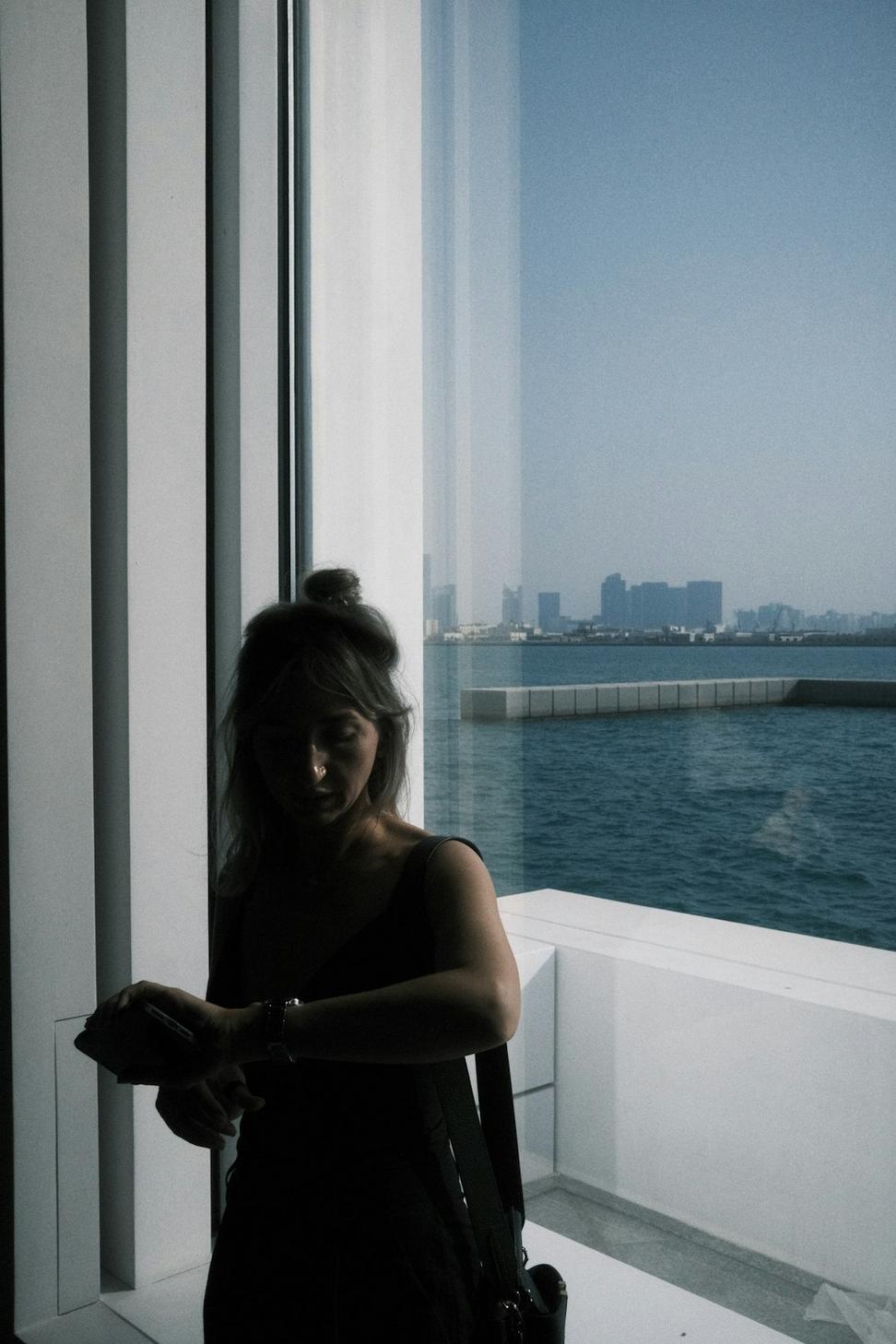
Founding Principal
Marina's the reason this whole operation exists. She grew up in Tofino watching storms roll in and got weirdly fascinated by which buildings survived and which ones... didn't.
After getting her degree from UBC and working for some big firms in Vancouver, she realized nobody was really taking coastal resilience seriously enough. So in 2011, she started Thunder Gale Odyssey with a laptop, a folding table, and way too much confidence.
These days she's the one who'll spend three hours debating roof pitch angles and actually enjoy it. She's also weirdly good at predicting weather patterns, which is either a learned skill or some kind of superpower.
"I've seen a 40-foot wave up close. Changes your perspective on what 'permanent structure' really means."
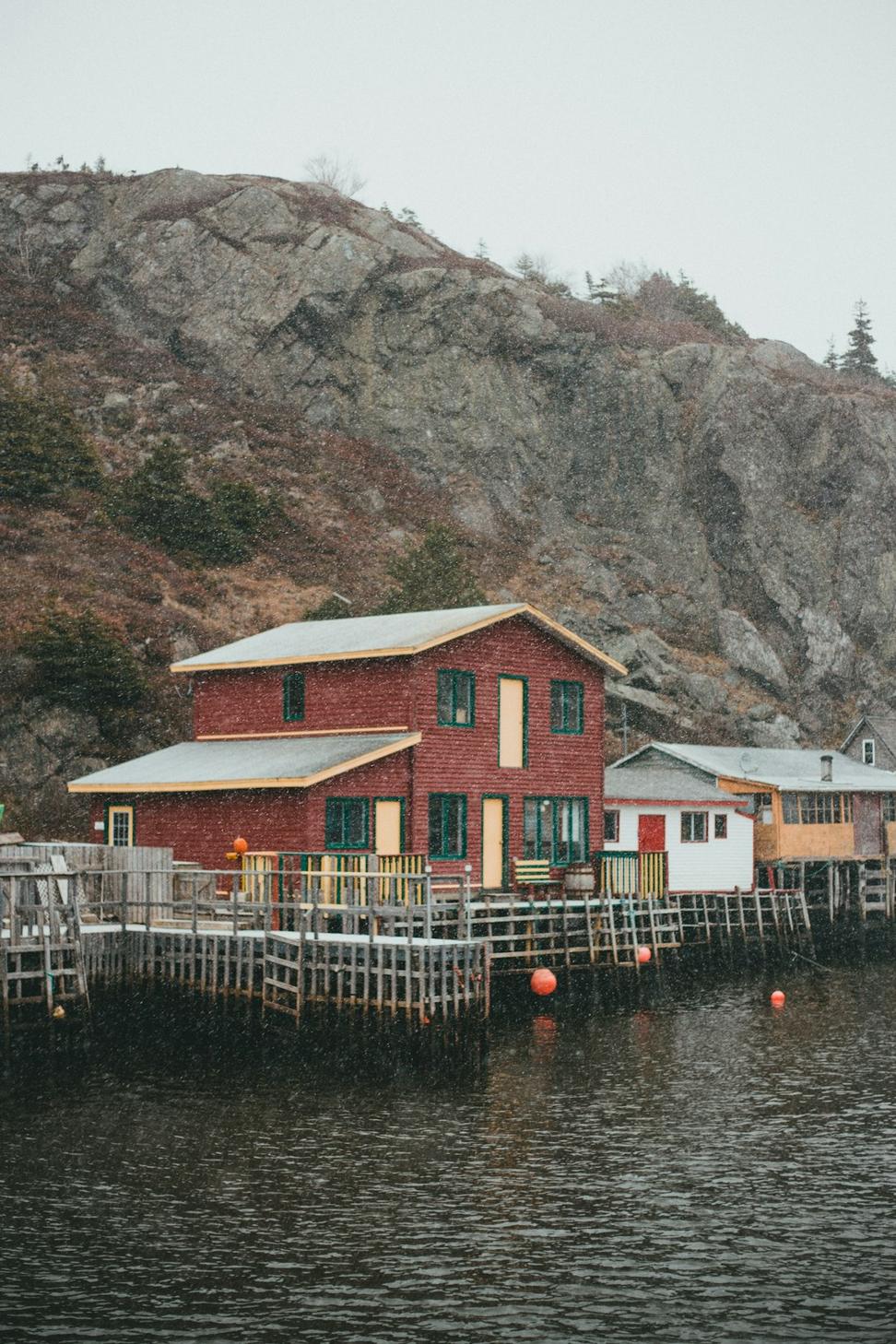
Senior Project Architect
James joined us in 2014 after getting tired of designing shopping malls in Alberta. He's got this background in structural engineering that makes him incredibly valuable when we're trying to figure out if something'll actually stand up to a nor'easter.
He's the detail guy. While the rest of us are thinking big picture, James is calculating load distributions and figuring out why a window placement might cause problems ten years down the line. Not the flashiest work, but it's what keeps buildings standing.
Also makes a mean pot of coffee, which honestly might be his most important contribution during deadline weeks.
"Beauty's great, but if it falls apart in year three, what's the point?"
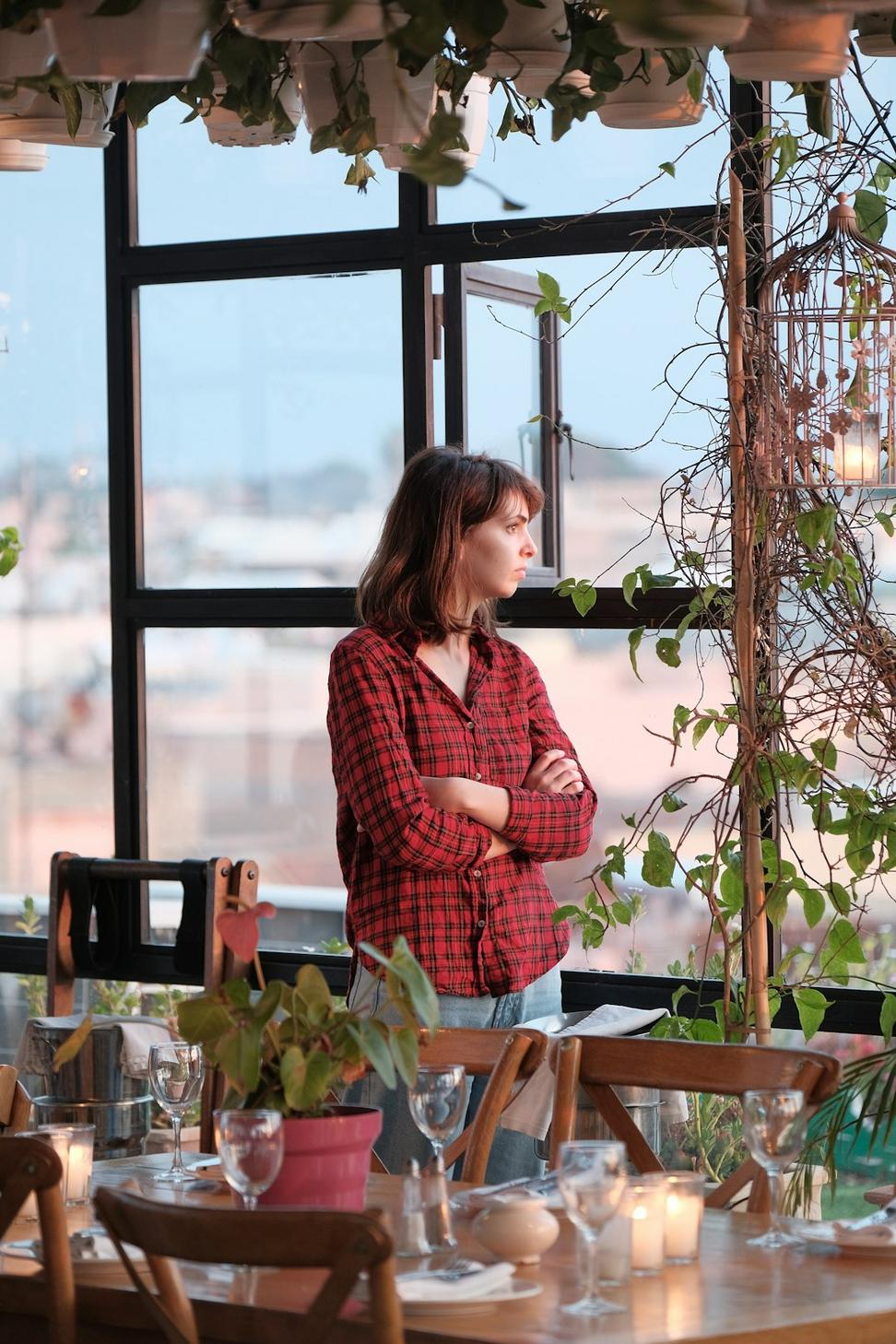
Sustainability Director
Priya's our conscience, basically. Every time we're tempted to spec something that's not environmentally sound, she's there with the data showing us why that's a terrible idea.
She came on board in 2017 with a master's in sustainable design and more green building certifications than anyone really needs. But turns out, on coastal projects, you need every bit of that knowledge. Salt air, moisture, temperature swings - it all affects material choices.
She's pioneered some of our coolest solutions, like using reclaimed ship timbers for structural elements and developing rainwater systems that actually work in high-wind environments.
"Sustainable doesn't mean 'good enough.' It means doing it right the first time so we're not rebuilding in twenty years."
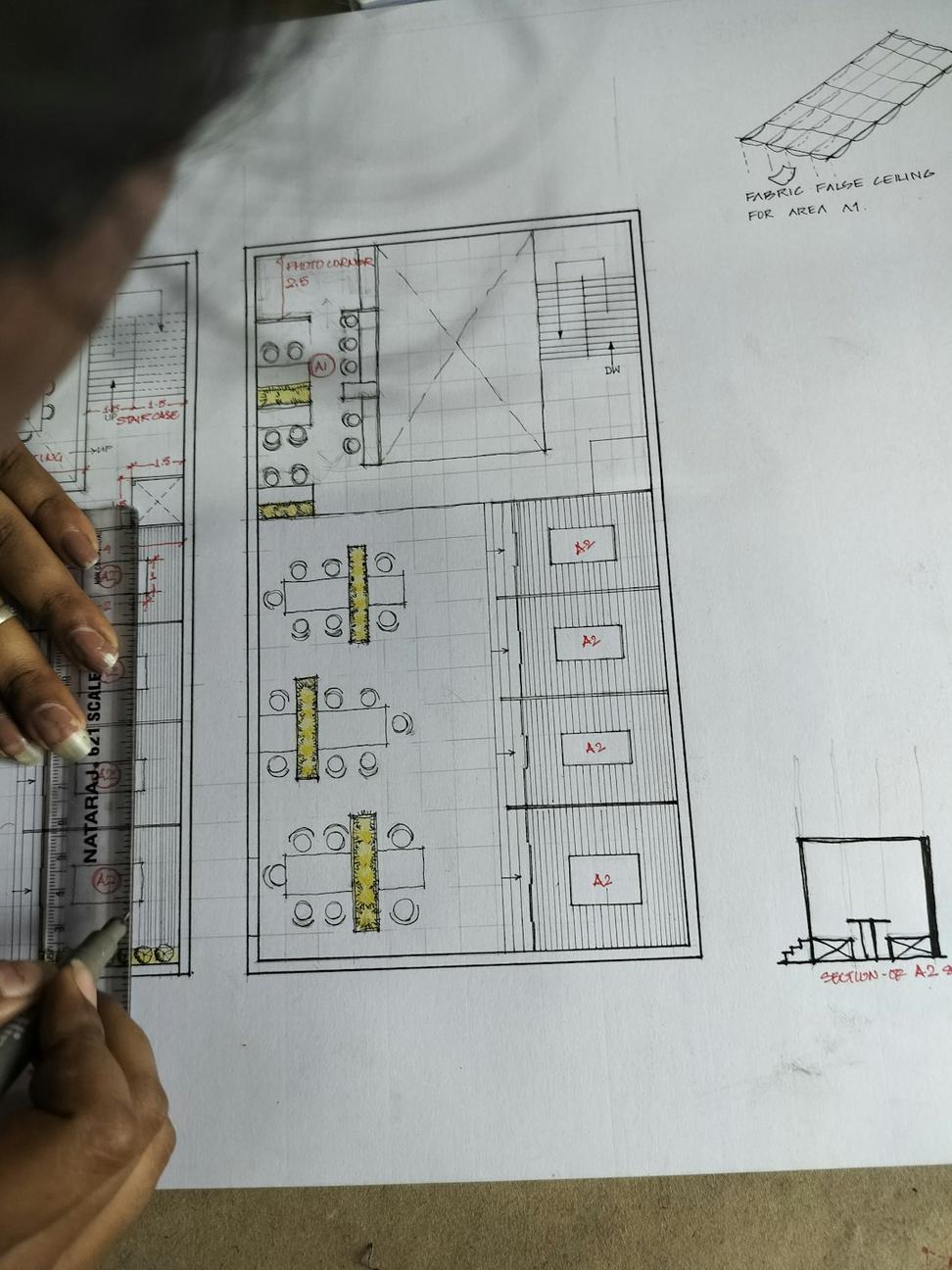
Associate Architect
Sophie's our newest senior team member - she joined in 2020 right when everything was shutting down, which was either terrible timing or perfect timing depending on how you look at it.
She's originally from Quebec City but fell in love with BC's coastline during a road trip and just... never left. Her background's in heritage restoration, which is super useful when we're working on older coastal properties that need updating without losing their character.
She's also really good with clients who are nervous about big changes. Has this way of explaining complex structural stuff that doesn't make people's eyes glaze over.
"Old buildings have survived this long for a reason. Our job's to help them survive longer while making them livable for today."
We spend ridiculous amounts of time on site before we draw anything. Walking the property at different times of day, different weather conditions. You can't design for a place you don't understand, and you can't understand it from Google Maps.
We're not using materials because they're trendy. If it can't handle salt spray, UV exposure, and getting pounded by wind and rain, it's not going on our buildings. Period. Function dictates form around here.
We work with local contractors who've been building on the coast for decades. They know stuff that's not in any textbook - like which valleys get weird wind patterns or where the storm surge actually reaches versus where maps say it reaches.
Climate's changing, sea levels are rising, storms are getting weirder. We're designing for what conditions'll be like in 50 years, not what they were like 50 years ago. It costs more upfront but saves everything down the line.
We're not gonna pretend we're the cheapest option out there. Storm-resistant, sustainable coastal design costs more than standard construction. Anyone telling you different is lying.
But here's what you get: buildings that'll actually be standing in 30 years. Designs that work with the environment instead of fighting it. And a team that's honestly obsessed with getting the details right.
We've had clients come back five years later saying "that storm everyone was freaking about? Didn't even notice it inside." That's the kind of stuff that makes this work worth doing.
We're gonna ask you a ton of questions. We're gonna visit the site multiple times. We're gonna suggest things you didn't think about and maybe push back on ideas that won't work.
It's collaborative, sometimes intense, but the results speak for themselves. We've got buildings all along the BC coast that've weathered storms that took out neighboring structures. That's not luck - it's attention to detail.
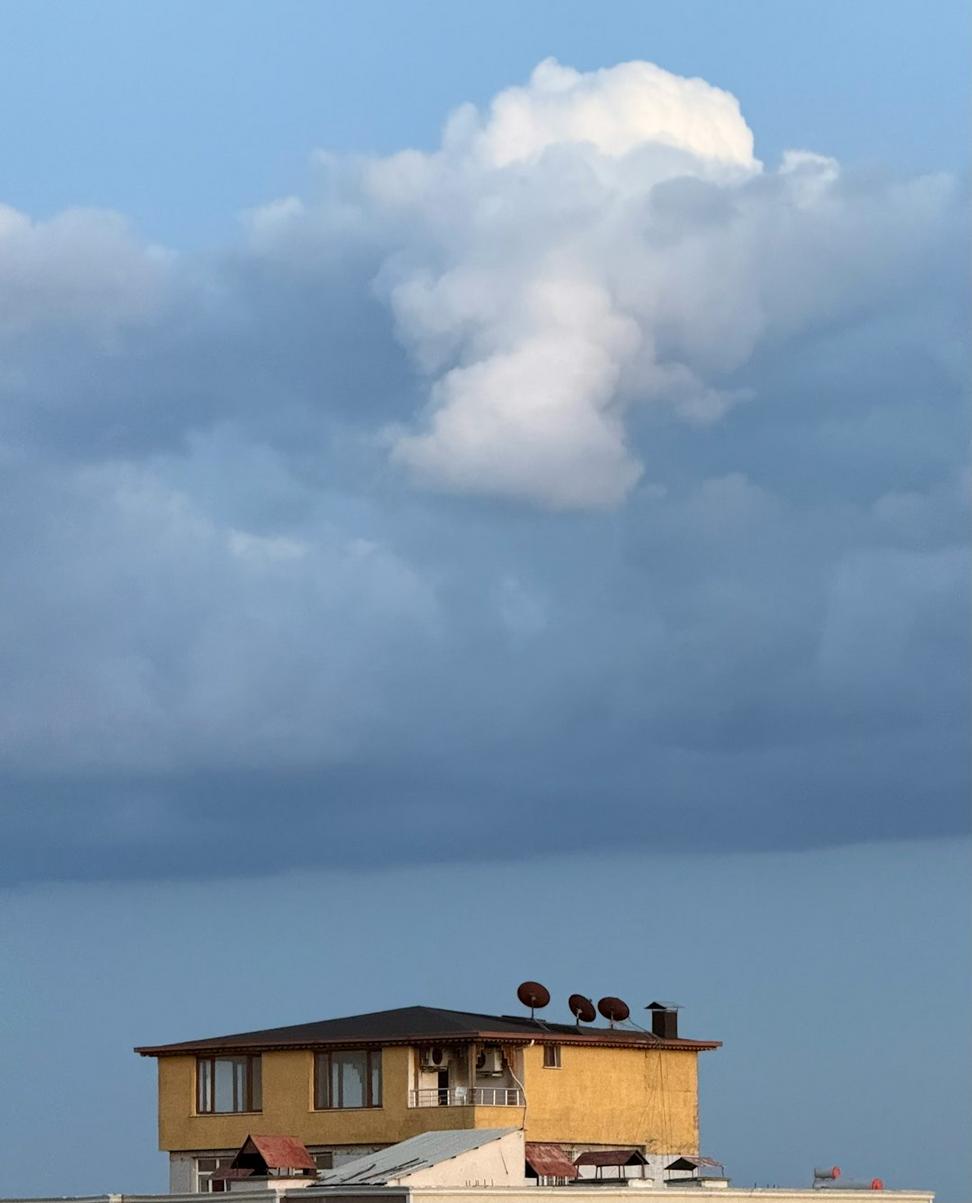
Got a coastal project that needs someone who actually gets it? Let's talk. We'll be honest about whether we're the right team for what you're trying to do.
Get In Touch